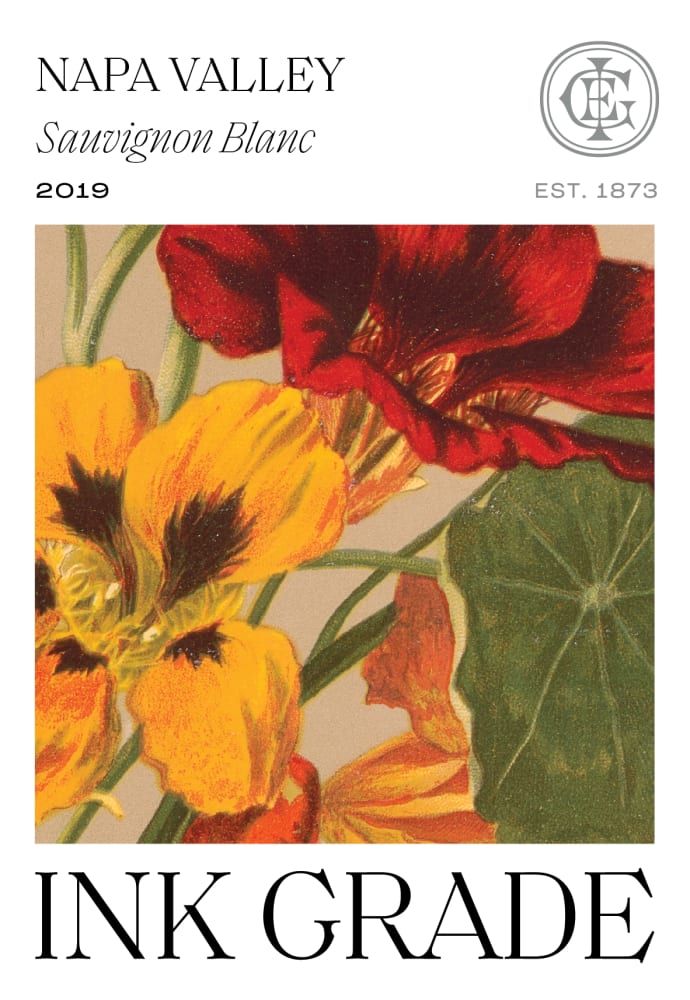QPR stands for Quality-Price Ratio and is an acronym frequently used in the wine industry to describe the relationship between the quality of a wine and its price. This ratio is used by wine critics and enthusiasts alike to determine the overall value of a wine purchase.
When evaluating QPR, the quality of a wine is typically based on several factors including the wine’s complexity, balance, and overall flavor profile. Price is also an important factor to consider, as a wine’s price can greatly affect its value proposition. In general, the higher the quality of the wine and the lower the price, the better the QPR.
Many wine critics and publications utilize QPR when rating wines, often providing a QPR score along with the wine’s overall rating. This score can range from “excellent” to “poor” and provides consumers with a quick and easy way to assess the value of a particular wine.
It’s worth noting that while QPR can be a useful tool for determining value, it is not the only factor to consider when purchasing wine. Personal taste, occasion, and availability are also important considerations when making a wine purchase.
As wine prices continue to rise, the importance of QPR in the wine industry has only increased. Consumers are becoming more savvy about their wine purchases and are actively seeking out wines with high QPR scores. Winemakers are also taking note, producing wines that not only score well with critics but also offer consumers a good value.
Overall, QPR is an important concept in the wine industry and is a useful tool for both consumers and producers. By understanding QPR, consumers can make more informed wine purchases, and winemakers can produce wines that not only showcase their craft but also offer a good value proposition to consumers.
Wine is sunlight, held together by water.”- Galileo Galilei


